
A Tech friend once said “It’s not rocket science, it’s harder” and she was right. Car seat safety can be very confusing and overwhelming. Reading your car seat/booster and vehicle manuals will give you the information you need to install and use your seat correctly,
With 9 out of 10 car seats, not used or installed correctly, (let’s face it, those manuals can be confusing), it is important to have your install checked by a Certified CPST. Look for a Tech that has had training within the last 3yrs, with an accredited, up to date organization, like CPSAC (Child Passenger Safety Association of Canada).
The most expensive seat is not always the “SAFEST” seat. All car seats are required to pass the testing standards that Transport Canada has laid out, which is not a graded test, but a pass or fail. Seats that are more expensive, typically have more “bells and whistles” ie: premium lower anchors, plush fabrics, larger canopies, extra inserts and no re-thread harnesses. Your child will be just as safe in an $80 seat, as they would a $300 seat, as long as the seat fits your vehicle and child correctly. Using a seat correctly (install and securing the child) can reduce death or injury by at least 70%.

When installing your car seat, check the following:
– Have you read the car seat AND vehicle manuals?
– Is the seating position you are choosing an approved position?
– Have you adjusted the harness straps to be in the correct position for the child’s orientation?
– How are you installing the seat? UAS or Seatbelt?
– If forward facing, have you found an approved top tether location?
– When rear facing, is the seat or base at the appropriate angle?
– When the seat is installed, does it move less than 1 inch, front to back, or side to side?

Now that we have the car seat installed, let check the fit of your child:
– Is the harness:
-At or Below the shoulders for Rear Facing
-At or Above the shoulders for Forward-facing
-Look for a snug harness that passes the “Pinch Test”, where you cannot pinch any slack in the harness, vertically, at the shoulder.
– The chest clip is at armpit/nipple level?
– The child is not wearing any bulky/puffy clothing, as several well-fitting layers offer more warmth and safer harness fit.
If you’re feeling overwhelmed, that’s ok. This is a lot of information to absorb, so make an appointment with a Certified Tech to have the install inspected and to learn how to use your seat properly.
